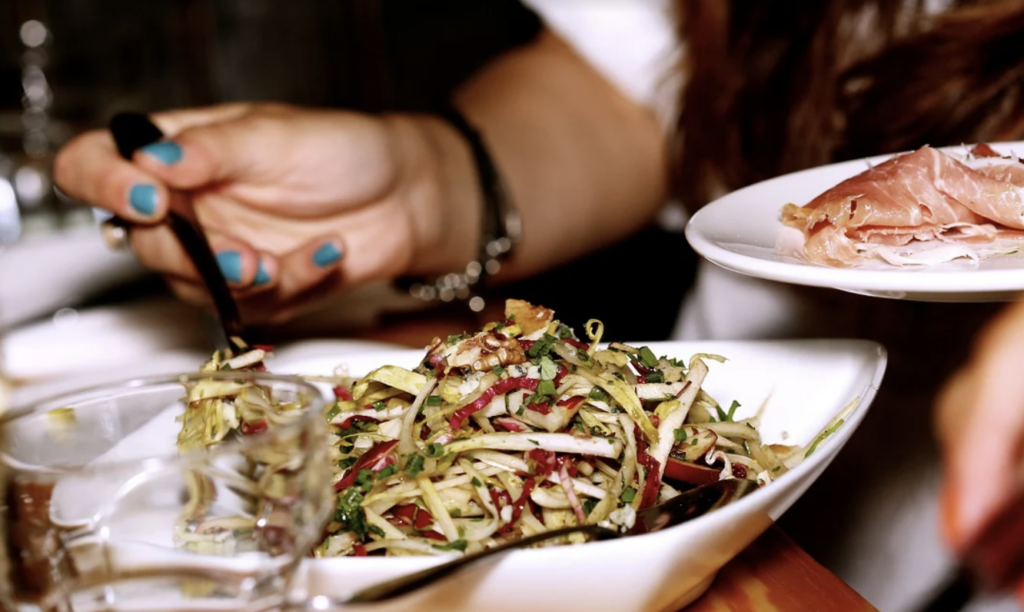It’s Illegal To Eat Lunch At Your Desk In France
In the United States, lunch breaks are a luxury for many. However, in France it's not even legal to eat lunch at your desk.

In the United States, it’s normal for employees to be multi-tasking while working. Eating, caffeinating, or doing small exercises happen daily for those in their cubicles, but for other countries, taking a break is not associated with working. In France, specific policies prohibit this time of multi-tasking during the workday. According to the French labor code, employees aren’t allowed to eat lunch at their desks.
In fact, eating alone during work hours is not customary in France. The French labor code doesn’t just give an employee a break during the day, but also gives them a refreshing, social alternative to a laborious structure. It’s common for many places in Europe to have an extensive, mid-day break, but it wasn’t always the case in France. For a long time, pauses during the day were not the business-standard. It took a public health crisis to impose these lunch-related labor codes in the country.
The desire to recreate labor policies was born in the late 19th century. During the 1890s, new health hazards arose as more factories were being constructed in France. Workers would have to commute farther away from their homes to manufacturing plants, creating a new lunch dynamic. Lunch usually eaten at home was now transitioning to a carryout phase, where many workers would bring their food in a lunch pail. Most of the eating was done on the factory floor since there were no picnic tables or cafeteria, which created ample opportunity for germs and infections.
Needless to say, eating finger foods after working heavy machinery in close quarters was not the most sanitary practice. Massively infectious viruses like tuberculosis were rampant in factories and sweatshops, only made worse by inadequate hand washing and hygienic practices. The swift contamination of various diseases during the inception of the Industrial Revolution changed France’s mindset on healthy working practices. Thus, a new era of lunch and socialization was born to remove workers from their unhygienic facilities.
By 1894, France had a brand new way to stabilize virus spreads in the workplace. With airborne diseases, close spaces needed to be ventilated to provide cleaner air for its workers. The best way to ventilate the area was to do so without workers being present. The most logical time during the workday was the lunch break when employees were not physically performing tasks anyways. The 1894 decree banned lunch in the workplace, forcing employees to go outside, socialize, and get some fresh air.
But eating outside wasn’t always seen as an inherent luxury. Women who worked as seamstresses carried out significant strikes to permit eating inside their workplace due to constant harassment from men during their lunch breaks. For many, eating on the street was unsightly and undesirable, with no places to properly sit. This accelerated a new boost in bistros and cafés, opening their doors to swarms of hungry French workers. Eventually, this lunch-eating practice became a national standard.
Though many Americans might see France’s stance on longer lunch breaks as antithetical to hard work, the country assumes the opposite. Eating outside the workplace was enacted to provide healthier work environments, which should be a goal for every nation.











